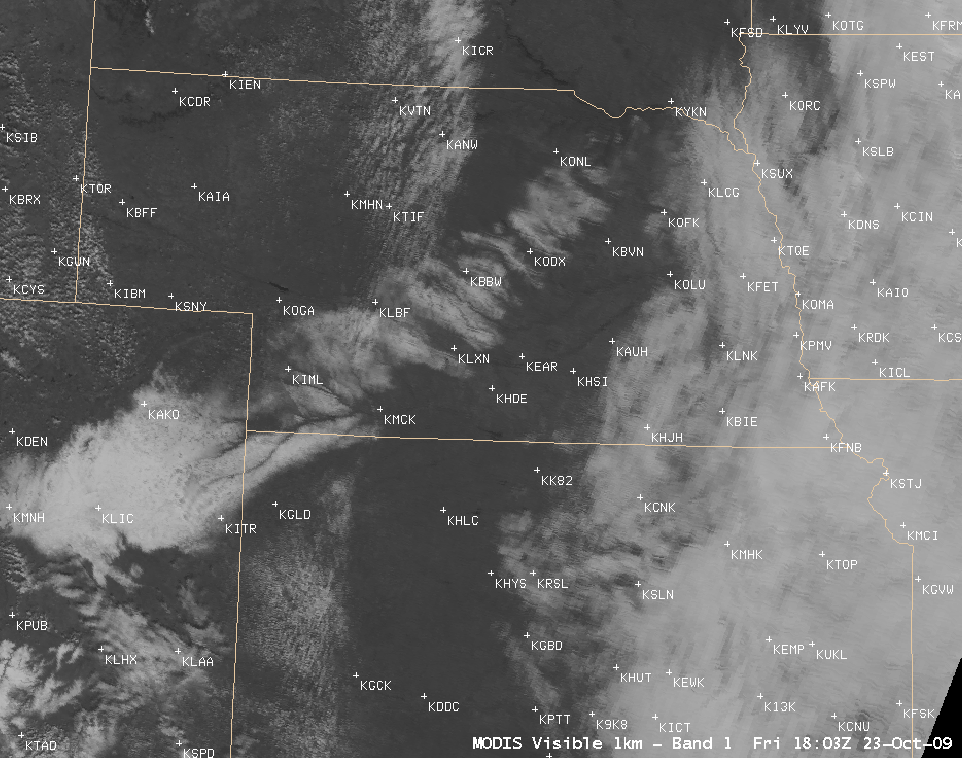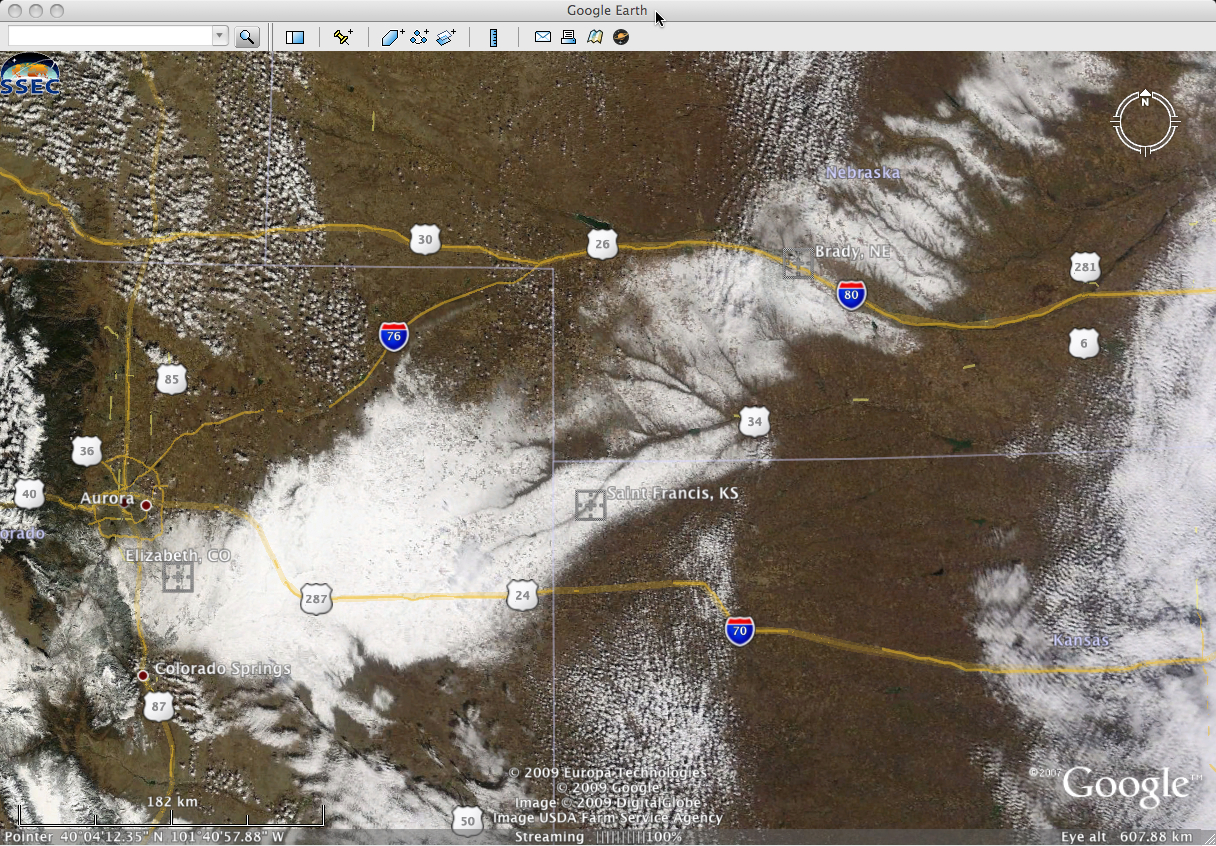Tropical Storm Ida has formed in the southwestern Caribbean Sea. Strong convection near the center is evident in the visible image, above, as well as suggestion of a banded feature northeast of the center. The southwestern Caribbean Sea is a region where tropical cyclogenesis can still occur at this time of year because of the combination of two things: (1) still-warm ocean waters (see an analysis of sea surface temperatures from CIMSS here; and (2) small values of vertical wind shear, as shown here. Microwave estimates of Precipitable water (using MIMIC) show that Ida formed in a region of enhanced precipitable water.
Ida is forecast to take a path over Nicaragua and Honduras (the path is depicted in the image of SSTs above (and here) before re-emerging over the still-warm waters of the far western Caribbean.
Update, 5 November. Visible imagery from the morning of 5 November, above, show upgraded Hurricane Ida on the coast of Nicaragua. The visible image shows banded structures over the Caribbean that speak to the increased organization to the system. However, its motion over the rugged terrain of Central America should cause weakening. Torrential rains over the mountains of Nicaragua and Honduras will accompany the storm.
Loops (Visible and Infrared) taken from the CIMSS tropical webpage show the evolution of Ida after landfall. Ida quickly lost intensity to depression status late on the 6th. The storm is forecast to be over the northwest Caribbean, where waters are very warm, over the weekend, so re-intensification is possible.
View only this post Read Less








